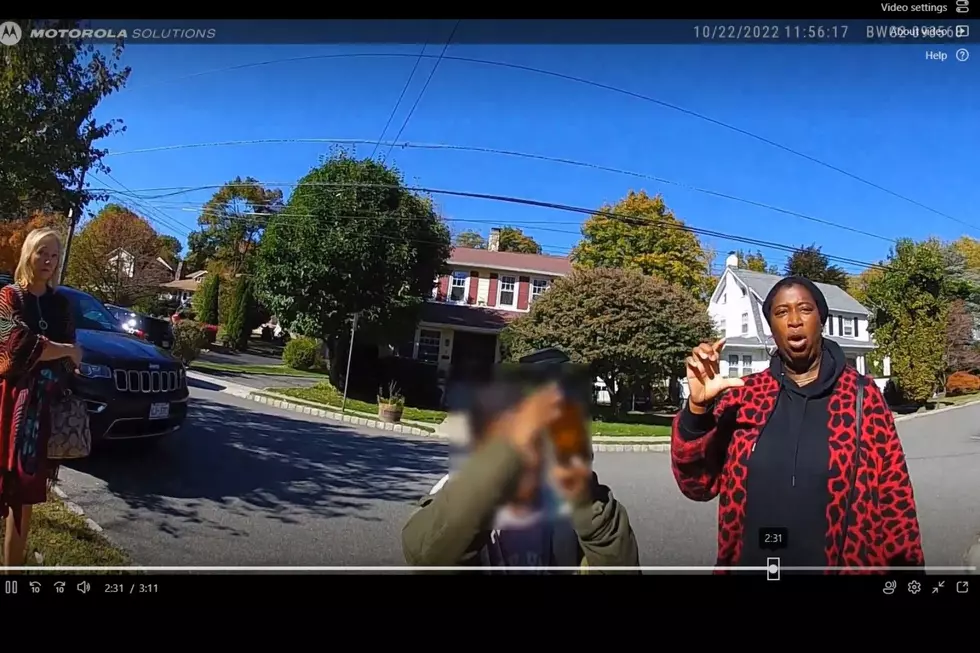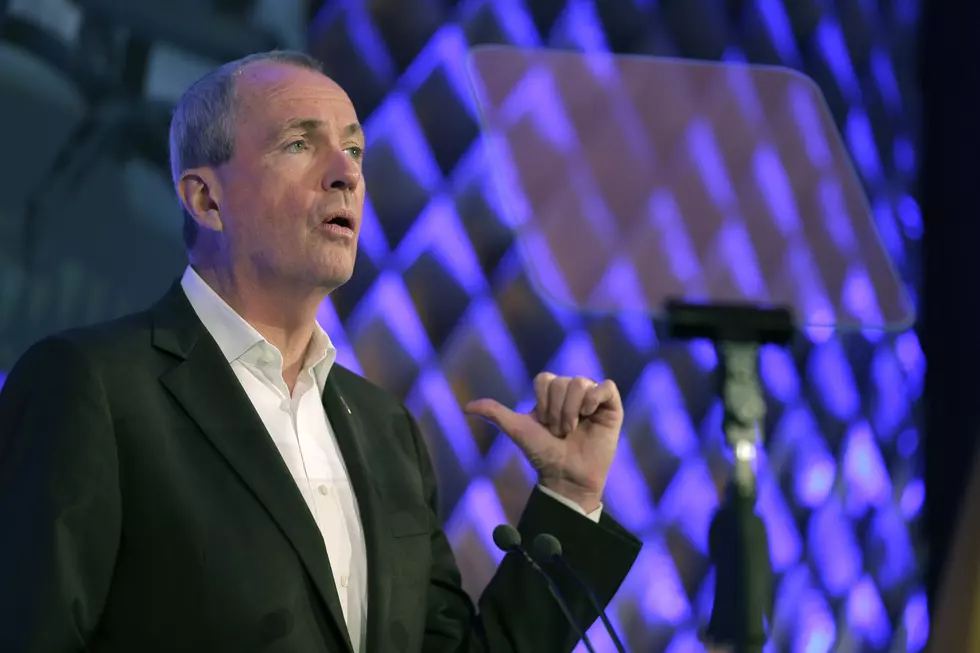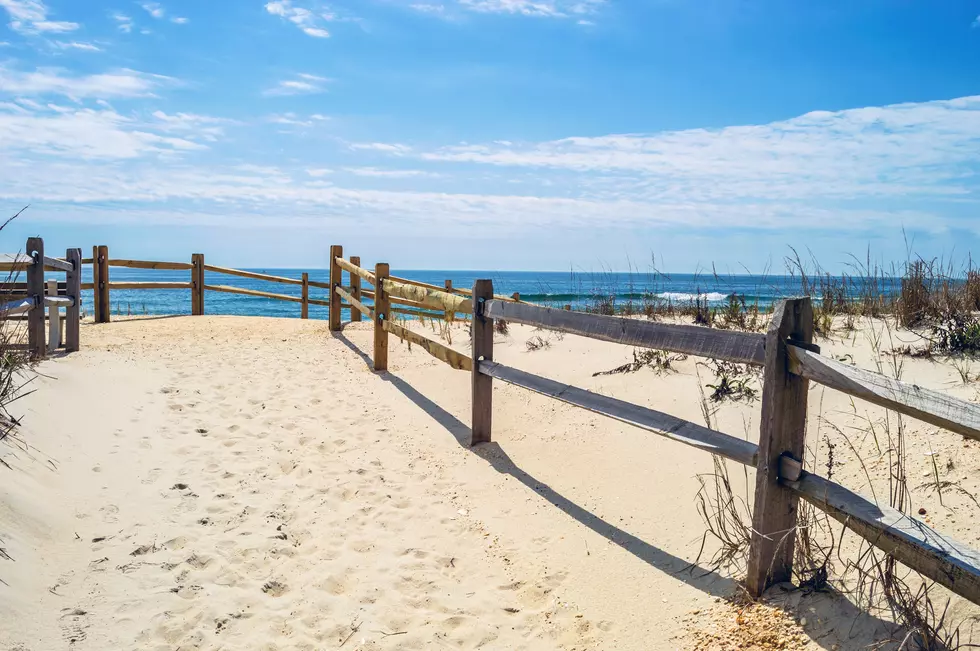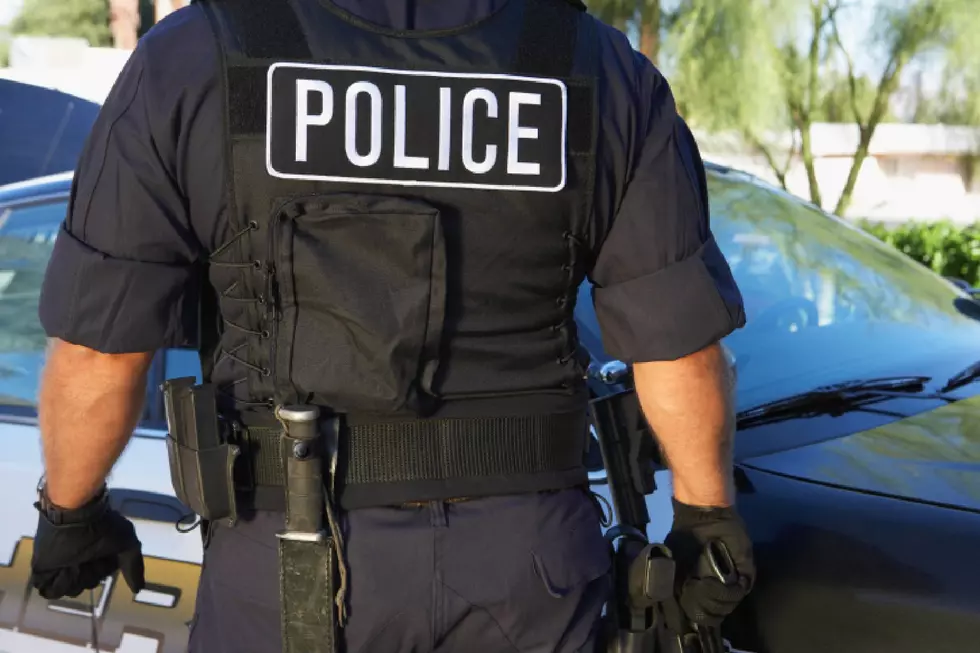
Leonid meteor shower – how to see it in New Jersey
If you bundle up and step outside late tonight, you could be treated to quite a show in the heavens.
The earth is about to pass through the debris tail from comet 55P/Tempel-Tuttle, triggering what is known as the Leonid meteor shower.
It's one of the biggest and brightest meteor showers of the year, and while experts disagree about this year's show, it should produce fair amount of shooting stars.
The best time for viewing is late tonight, Nov. 17, into the early hours of tomorrow morning, Nov. 18. There could be another big burst very early Saturday morning, Nov. 19.
In an average year, you might see as many as 10 to 15 meteors per hour. An analysis from AccuWeather suggests this year's show could produce as many as 200 meteor bursts per hour.
Leonids tend to produce some of the brightest and most colorful shooting stars because they move faster than most, up to 44-miles per second. That results in bursts of color from white to blue to aquamarine. They often come with a long trailing tail.
The peak viewing time will be Saturday morning, just after midnight to around 1:30 a.m.
New Jersey 101.5 Chief Meteorologist Dan Zarrow says the good news for Jersey sky watchers is that skies will be relatively clear.
Unfortunately, New Jersey is not an ideal place to see the Leonids, due to the large amount of light pollution.
Your best bet is to find an area away from major cities and other areas of light.
As for where in the sky they will appear, the short answer is: everywhere. They will seem to originate out of the constellation Leo, but will come shooting across the sky in all directions.
Eric Scott is the senior political director and anchor for New Jersey 101.5. You can reach him at eric.scott@townsquaremedia.com
Click here to contact an editor about feedback or a correction for this story.
LOOK: 31 breathtaking images from NASA's public library
LOOK: What are the odds that these 50 totally random events will happen to you?
What would happen to NJ if we were attacked by nuclear weapons?
More From Beach Radio










